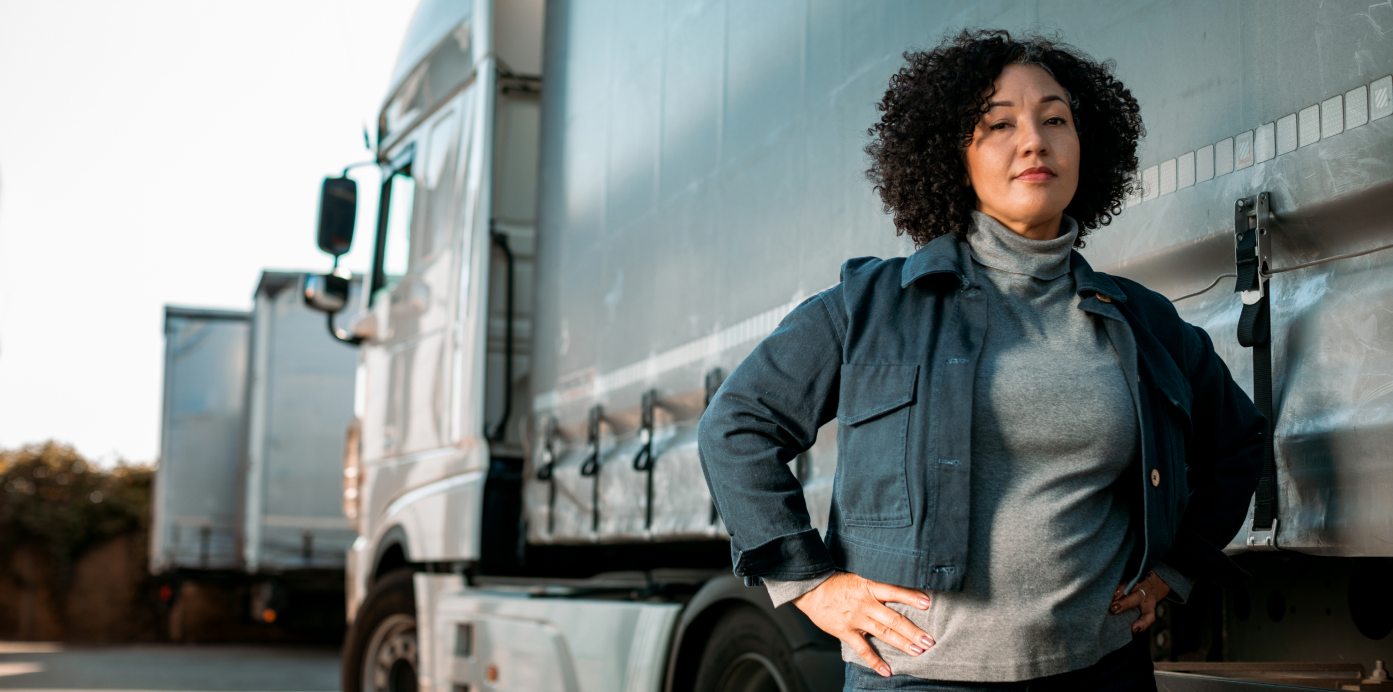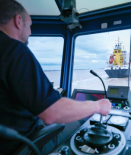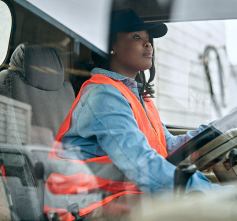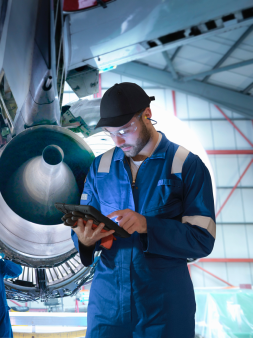one future, many routes
As we look toward tomorrow, how can we reduce transportation emissions? Many lower carbon energy solutions — enabled to scale by well-designed policies — are needed to make meaningful progress for us all.



conventional engines need unconventional solutions



our solution
we’re shifting how transportation is fueled
Reaching global net zero emissions is no small feat. Chevron is working with partners to help create a range of viable renewable fuels as both drop-ins and full substitutions for existing fuels. And they’re making an impact.
Andy Walz
President of Americas Products, Chevron
biofeedstocks
cultivating affordable, reliable and ever-cleaner energy
The shift to high-quality, lower carbon fuels depends on energy-intense biofeedstocks. In 2021, we used 15 different biofeedstock types and continue to work alongside agricultural suppliers and allies. Together, we can build supply chains that keep waste materials out of landfills. We can increase crop yields. And, we can contribute to the development of next-gen energy long into the future.
policy position
progress toward a lower carbon road ahead
We support policies that guide the scaling of lower carbon intensity solutions for the transportation sector. Because creating fewer transportation emissions today puts us on the road to a lower carbon future.









